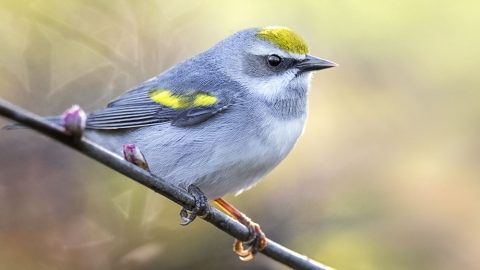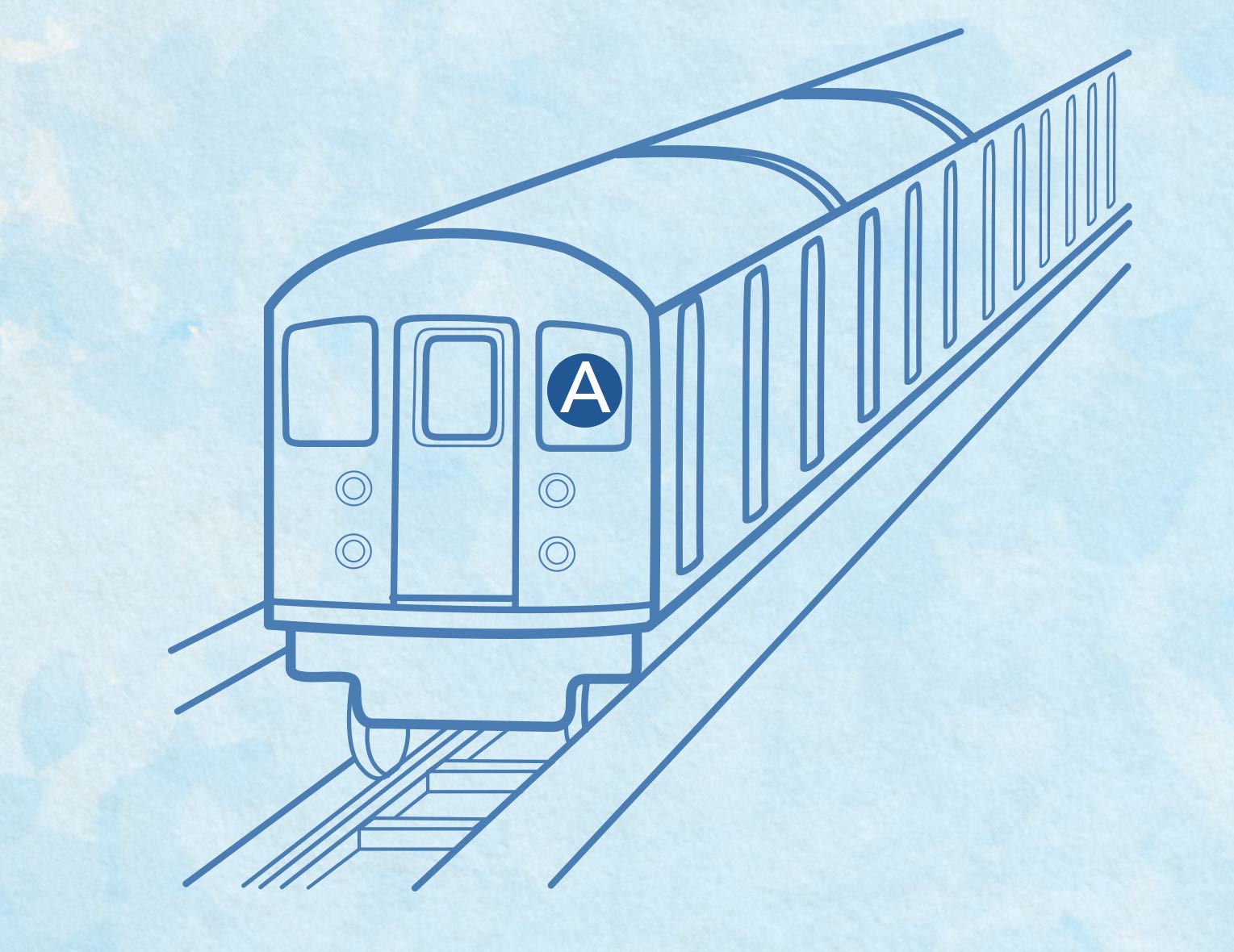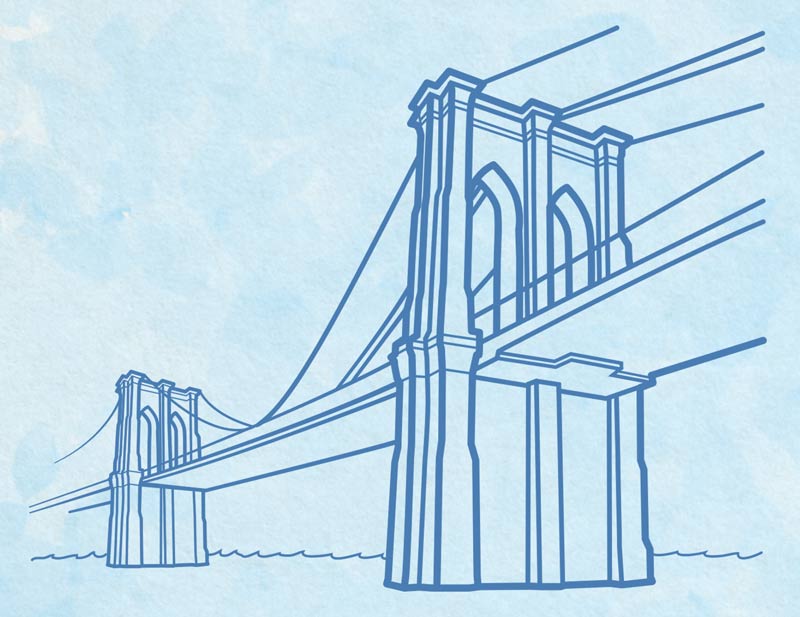City Birding Escapes: Where to Go and What to See in New York City
By Annie Novak
June 17, 2019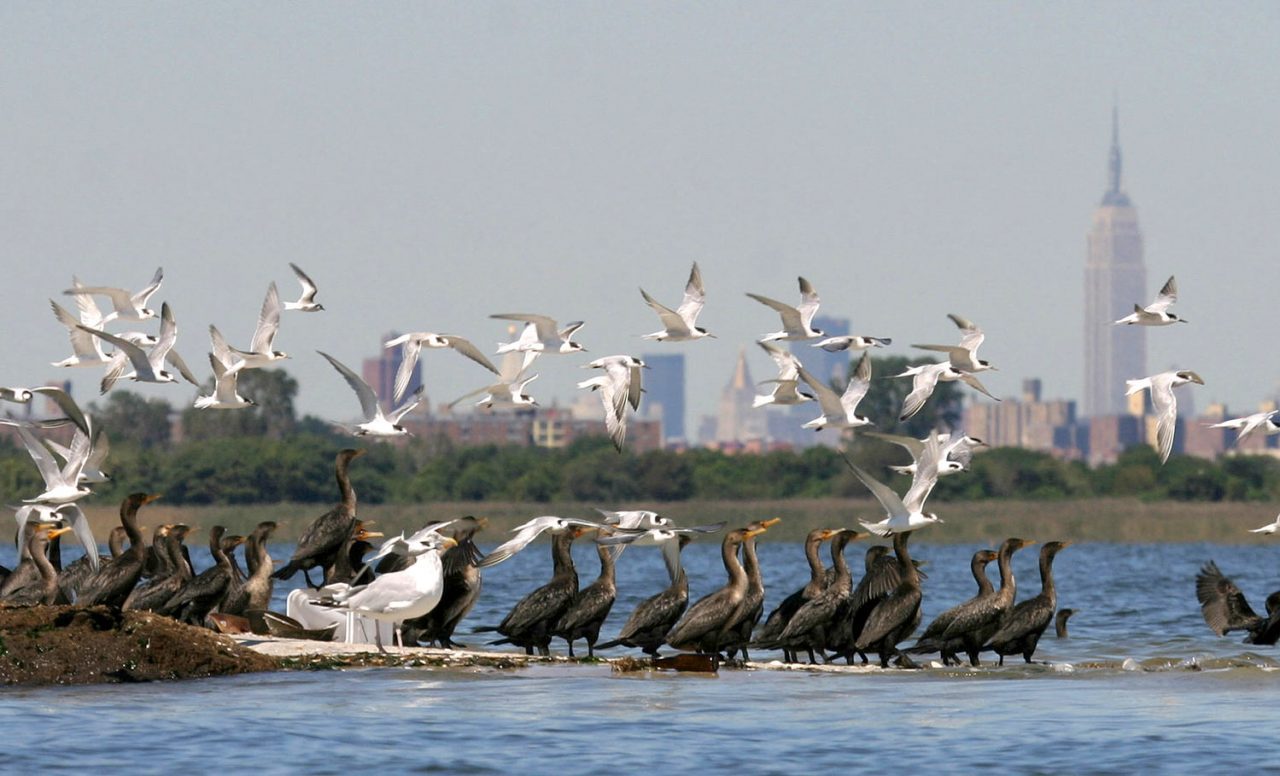
From the Summer 2019 issue of Living Bird magazine. Subscribe now.
With 8.6 million inhabitants, New York City is America’s most populated urban area. But maybe surprisingly, it’s also one of the birdiest big cities in the world. Thanks to its geography along the East Coast flyway and a rich mix of habitat (including 30,000 acres of parkland and 578 miles of coastline), the Big Apple tallies more than 300 migratory and resident bird species—around a third of the North American total.
While the city landscape has changed dramatically since teenagers Allen Cruikshank and Roger Tory Peterson started the Bronx County Bird Club in the 1920s, tapping into today’s robust NYC birding scene is as easy as a walk in the park. You can join a bird walk with historic groups such as the Linnaean Society and Brooklyn Bird Club, sign up for a local guided trip with New York City Audubon, or link up with the NYC chapter of the Feminist Bird Club—a new group dedicated to promoting diversity in birding. Or, wing it solo with the latest New York bird alerts.
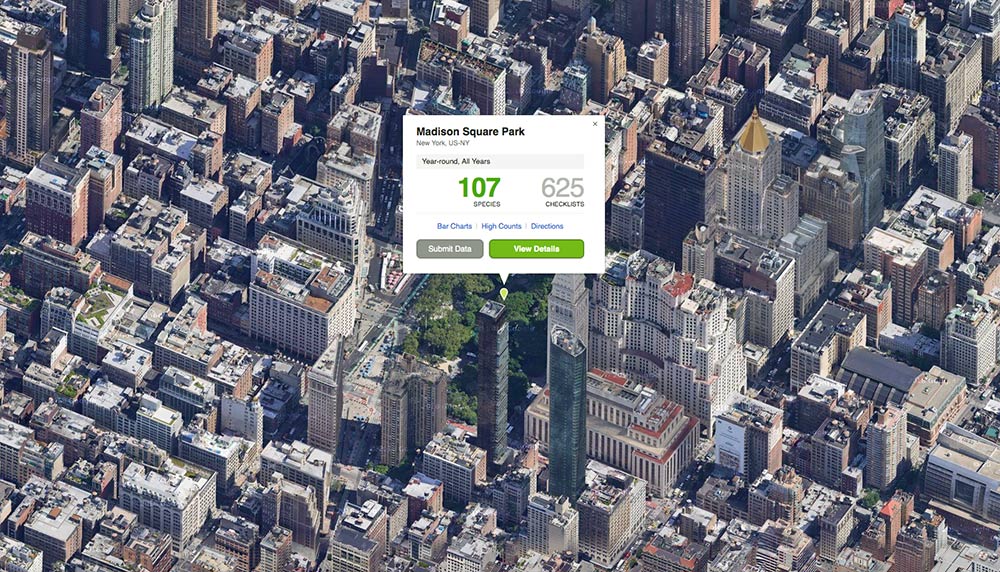
eBird field reviewer Doug Gochfeld, a Brooklyn native who grew up birding the five boroughs, says even 48 hours is enough time to put up a great bird list with just a little know-how on where to look: “New York City is so dynamic. Even just a weekend can give you an unforgettable birding experience. I travel a ton, but when I return from birding abroad I can’t put my binoculars down because there’s always potential for a surprise at my favorite NYC hotspots.”
Early Bird
In the city that never sleeps, early risers in spring and fall are rewarded with an opportunity to catch birds on migration. Gochfeld recommends driving out to Coney Island Creek Park, a small slip of dunes on Brooklyn’s southern coast. Or look for warblers right in the heart of Manhattan. One May morning I staked out Madison Square Park in the Flatiron District and found a fallout of Common Yellowthroats. After a loop of the park—adding a Veery singing over the traffic to my eBird checklist—I strolled south to grab a latte at West Village’s Grounded Coffee House (28 Jane Street, Manhattan), where all the coffee drinks are Rainforest Alliance–certified.
Along the Waterfront
New York City has more coastline than Boston, Miami, Los Angeles, and San Francisco combined, which means opportunities abound for birding wetlands and waterways. With more than 300 species listed on eBird, Jamaica Bay Wildlife Refuge in Queens is the city’s crown jewel. Gochfeld says that birders at Jamaica Bay should keep an eye out for Yellow-billed Cuckoo, Virginia Rail, plenty of Marsh Wrens, and the occasional Least Bittern. Barn Owls nest there, too.
Go for the Greenspace
Central Park is justifiably famous as a birding hotspot. Most birders head toward the Ramble, a densely wooded area with wandering trails. Continue north to explore the Jacqueline Kennedy Onassis Reservoir for waterfowl, then up to the North Woods for a rare sense of wilderness in the populated park.
For a break from birding, cross Central Park West to the New York Historical Society’s new gallery of John James Audubon’s original copper plates, prints, and watercolors from The Birds of North America. Then head across the street to the American Museum of Natural History to spend some time with the famed avian dioramas in the Leonard C. Sanford Hall of North American Birds. Museum Collection Manager Paul Sweet recommends a pause to pay respect to the Labrador Duck, the first endemic North American bird species to go extinct.
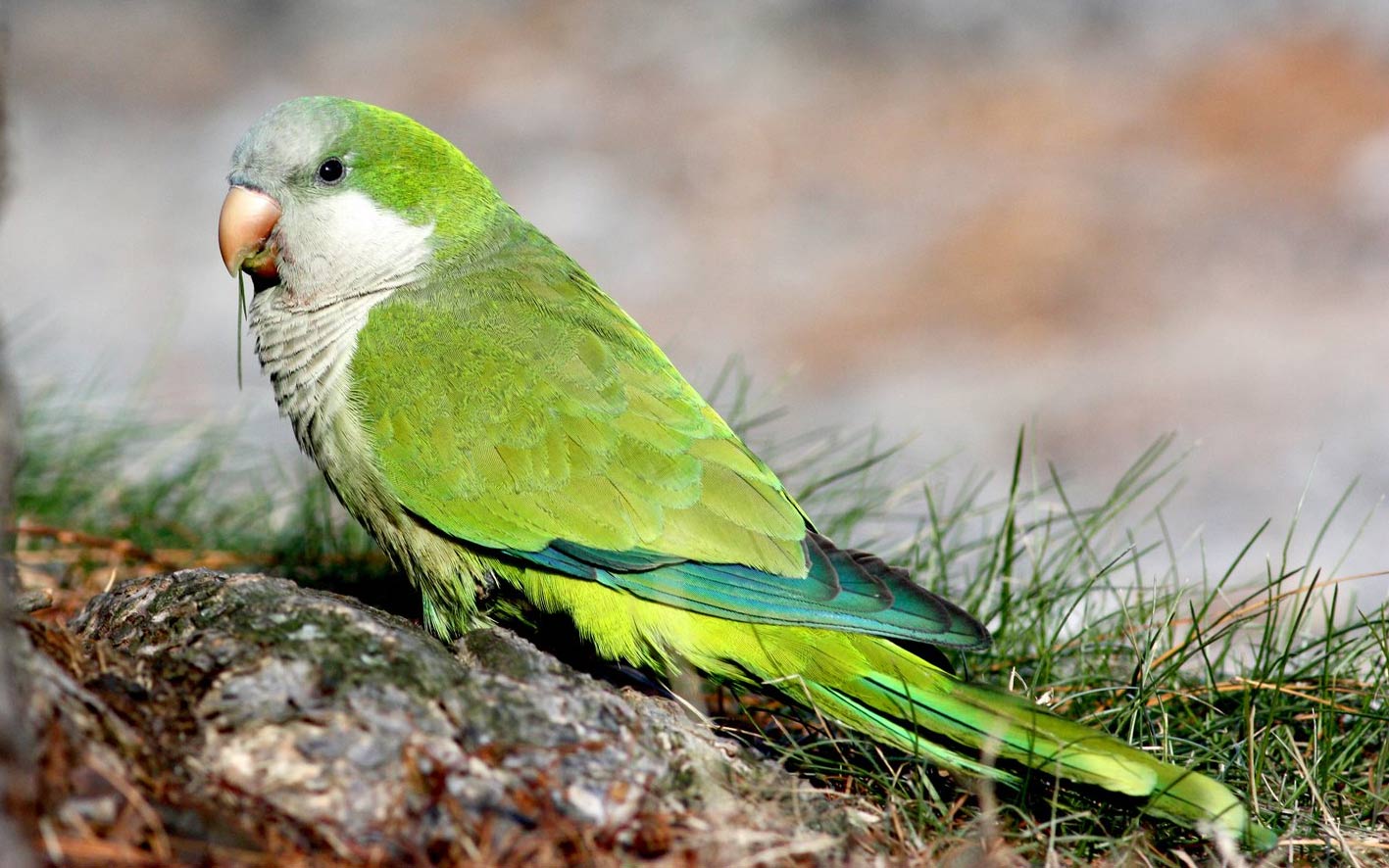
Farther afield, Brooklyn is a thriving, birdy borough, home to Prospect Park (292 species reported on eBird) and nearby Green-Wood Cemetery (228 eBird species). As you enter the main gate of the cemetery, look up: The Gothic-revival archway is a nesting site for raucous Monk Parakeets, an Argentinian species accidentally introduced to New York City in the 1960s. When you first arrive at Green-Wood, eBird field reviewer Sean Sime recommends the trolley tour to get the lay of the landscape, while learning about the more famous grave sites in the cemetery. During spring migration, Sime and Gochfeld post up near the grave of the owner of the old Brooklyn Dodgers, Charles Ebbet, for a hawkwatch.
For a nosh after birding, hop in a cab for a 15-minute ride to the world-famous and arguably unmissable Di Fara Pizza (1424 Avenue J, Brooklyn). After all, what’s a trip to NYC (for birders or anybody else) without a big, gooey, cheesy slice of New York–style pizza?
Annie Novak lives in Brooklyn and writes about the connections between people, agriculture, and ecology. She is currently working on a book about the scientific study of nocturnal bird migration.

All About Birds
is a free resource
Available for everyone,
funded by donors like you
American Kestrel by Blair Dudeck / Macaulay Library
